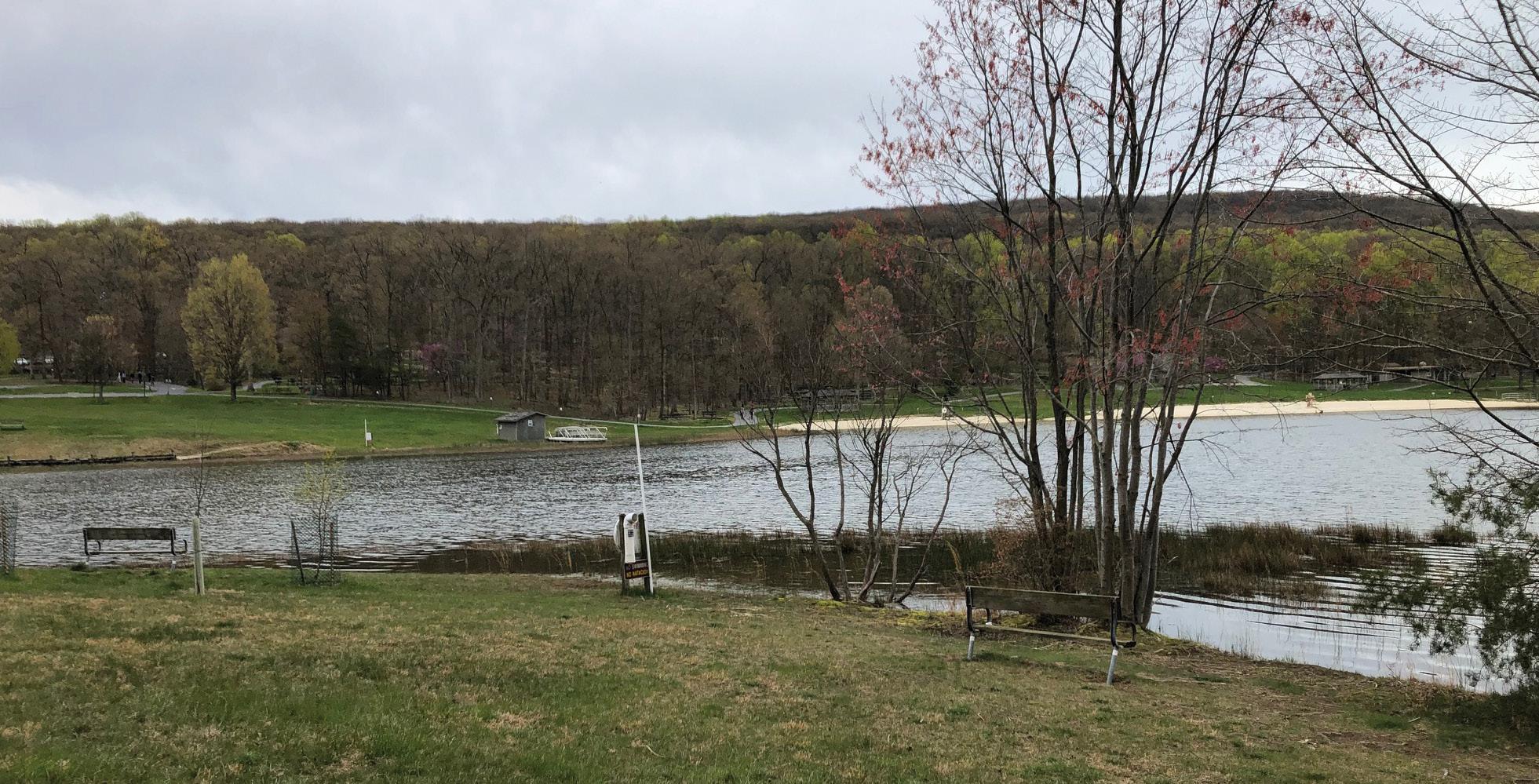r u o y Is home
? k c i s
HOME TRENDS
Pandemic raises awareness of potential indoor contaminants Written by JENNIFER A. FITCH Precautions for limiting the spread of COVID-19 have many people spending more time in their homes than ever before, whether they are devoting hours to a hobby, working from home, tackling renovations or binge-watching “Schitt’s Creek.” The question is whether your home is as safe as you want it to be. Hidden dangers like radon, mold and lead can lead to sickness and even death. But there are precautionary steps every homeowner can take, and experienced professionals in the Tri-State can provide expert support if needed. “These contaminants, we should not be afraid of, but we should respect them,” said Jocelyne Melton, CEO of Baxter Group Inc. Baxter Group, based in Chambersburg, Pa., tests for and remediates asbestos, mold, lead, radon and water toxins. Its crews control water in basements, clean HVAC systems and test water.
The goal is to avoid what is known as “sick building syndrome,” a situation in which occupants of a residential or commercial building experience health effects that can be linked to their time in that structure. Melton said the COVID-19 pandemic seems to have made people think more about what is in their air and water. “I’ve seen a huge rise in awareness of how important the health of our indoor environment is,” she said. With coronavirus concerns, customers of Baxter Group are asking for use of an electrostatic sprayer to disinfect. The spray kills bacteria and viruses, eliminates odors, disinfects, and temporarily inhibits the growth of mold and mildew. Peter Rosecrans, of Radon Resolvers LLC, said customers have told him they are spending more time than ever in their homes, often in the basement, where they are working from home or sending their children to do schoolwork. “I think because of COVID, people are more conscious of their health and are thinking about radon,” he said.































